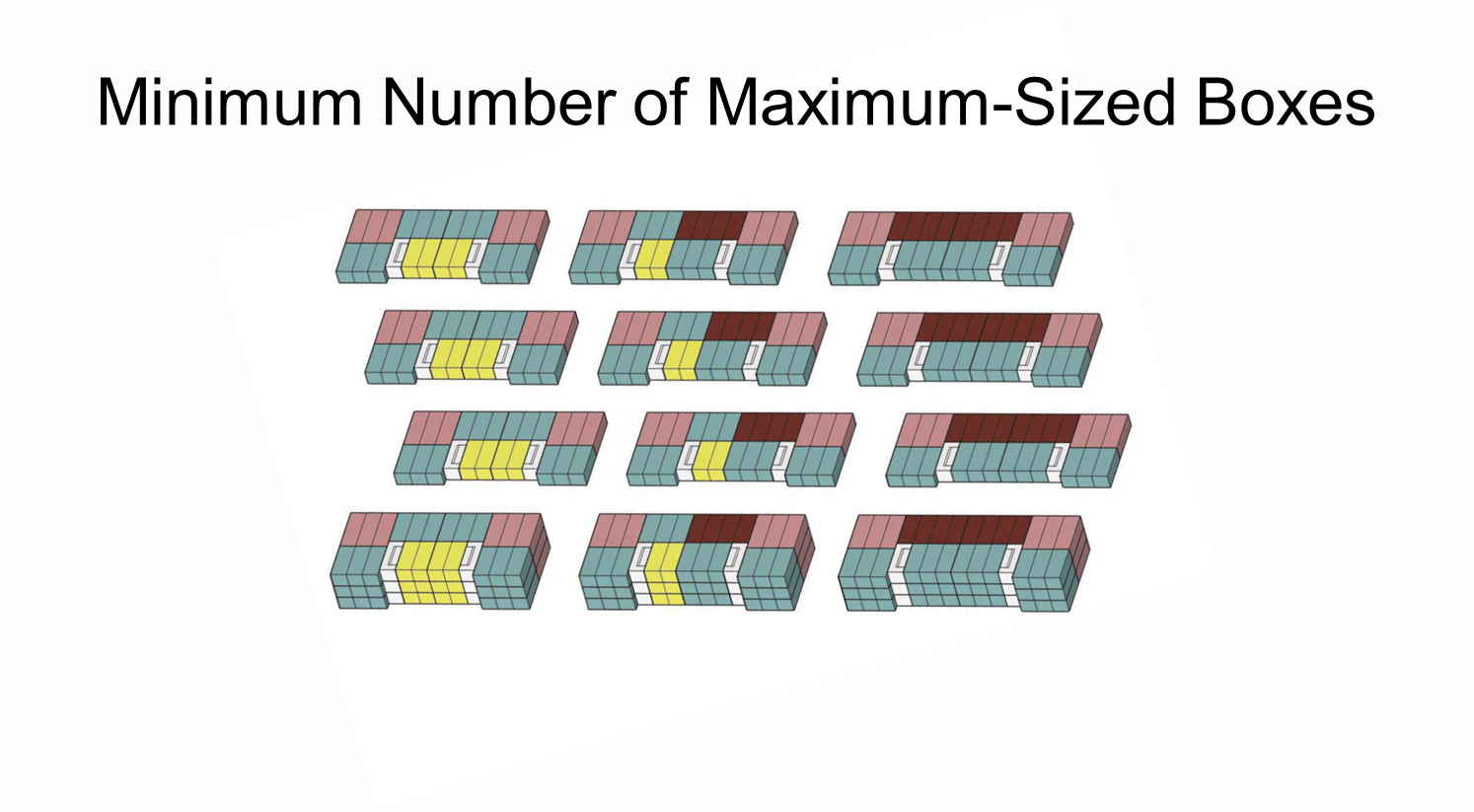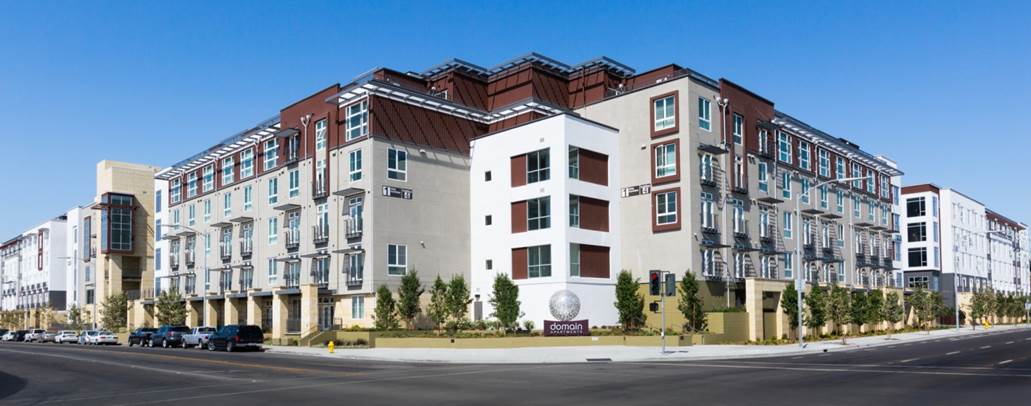During Humphreys & Partners 5th Annual Mid-Year Webinar: Innovations in Multifamily Design last month, we covered a broad range of topics detailing innovative game-changers happening in the multifamily industry. Led by a panel of HPA thought leaders and experts in their respective fields, President Greg Faulkner, Vice President of Design Walter Hughes and Studio Director-West Coast Daniel Gehman, each of these industry experts shared exciting insights on the most-talked-about issues in the multifamily design industry and what they have learned while designing HPA’s most innovative projects to date.
Studio Director-West Coast Daniel Gehman discussed one of the rising stars in multifamily design: modular. You may not be familiar with this space-saving and cost-reducing approach, but modular multifamily design offers flexibility, speed and an environmentally friendly approach to creating housing. And, modular is popping up in the designs of some of the most innovative designs out there! Are you interested in pursuing modular multifamily design? Read below for Daniel Gehman’s 3 Golden Rules of Modular from our Mid-Year Webinar:
1. You Need a Highly Disciplined Design Team
If you are looking to build a multifamily modular community, you will need a world-class team of designers with experience in modular multifamily housing. Why is that the case? Because you need a highly disciplined multifamily design team that follows the strict rules of modular design and can work inside the box to create a terrific interior living space. Designers must double down on creativity to produce the highest quality product in offsite fabrication in order to get the most value for clients.

2. Minimum Number of Maximum-Sized Boxes
To get your money’s worth building a modular multifamily community you want to order the maximum number of boxes. Modular units are shipped on large trucks, and the cost can be expensive if it is not filled to capacity.

3. Straight, Flat and Rational
Some design approaches lend themselves to ecstatic architectural forms, but not modular. If the fundamental box is fractured too much the client is not maximizing the value that modular offers. Once assembled, the final rectangular structure can be fitted out with a more exuberant skin including architectural details for a high-end feel, like adding Juliet balconies, awnings and halos.

If you would like to hear more insights on modular design from HPA’s experts, you can download our 5th Annual Mid-Year Webinar here. HPA’s industry leaders discuss more exciting industry game-changers like the ultramodern Pier 2: The Apartment of the Future design and our groundbreaking Uber Skyport concept for the Uber Elevate design competition.
Do you have any questions about the webinar or would you like to speak with us about a project? Email us at marketing@humphreys.com, and connect with us on Facebook, Twitter, LinkedIn and Instagram.

